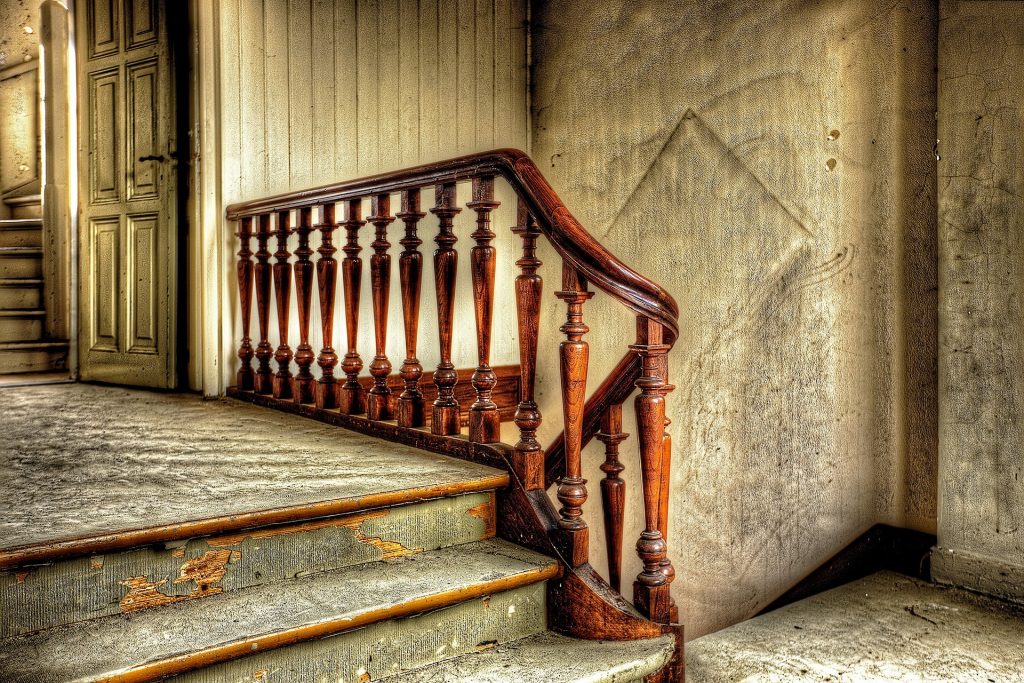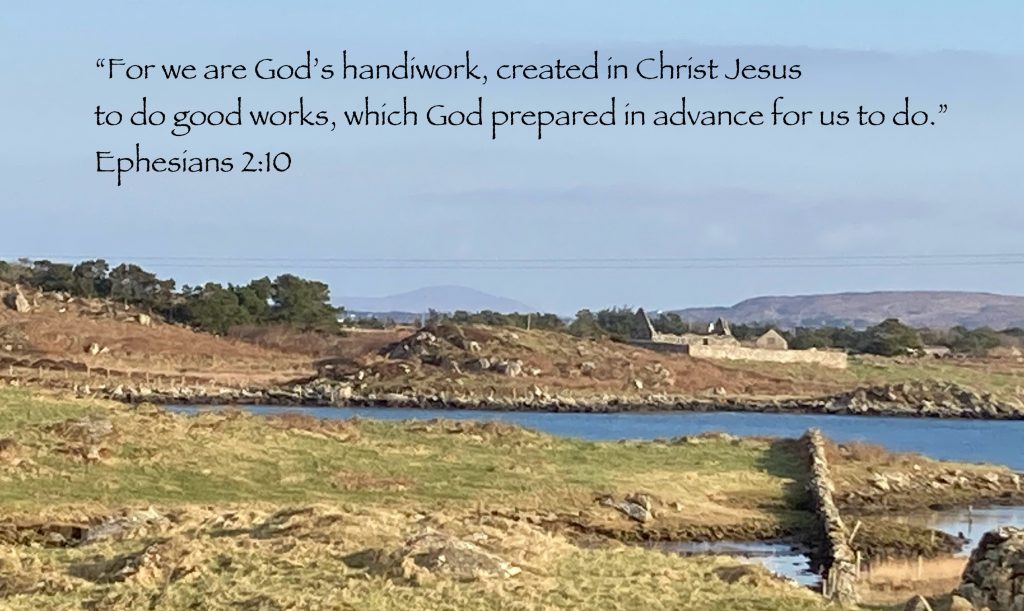Reviving Houses and People

There’s a fantastic show on RTE television called the Great House Revival. It’s presented by an architect called, Hugh Wallace, who accompanies people on a journey of restoration of old properties. Often these properties have fallen into a state of disrepair and, for all intents and purposes, look like a ruin. They might be located in towns or villages or dotted around the countryside.
Sometimes, they were owned by former gentry or landed families or, maybe, it was a family farm where the older generations have died and now there is nothing but a shell of the house left alongside the memories people have from when their grandparents lived there or whatever.
We usually record the show and watch it at a time that suits us. We recently watched an episode that featured a huge house in Co. Kilkenny. It had formerly been a Bed and Breakfast and could accommodate up to 20 guests. The property had been handed down through a particular family and eventually went to public auction. No one had lived in it for more than 10 years and it was purchased by a member of the family who had run it as a Bed and Breakfast.
He remembered growing up in the house when it was teeming with life and activity. The children used to slide down the polished bannisters and hide in the many rooms as they played together growing up. There were huge family gatherings there at Christmas and for special occasions, like birthdays and anniversaries.
As it had fallen into disrepair, the purchase price was not unreasonable, but the scale of the work that needed to be done to make it habitable was off the scale. Ceilings were falling down, plaster was coming off the walls, there were holes in the roof. As you watched what unfolded, I wondered if there were some lessons for the church.

If you want to restore or revive a very old house, the most striking thing is the amount of work that is involved. It seems pretty overwhelming when the whole process begins as there seems to be no progress. In fact, it often appears even worse for a while after you have begun. In this programme, the man gave up his job to work full time on site for a year and it seemed never ending. He was wheelbarrowing out rubble, stripping back paintwork and plasterwork, taking off wall paper and each room seemed to present new problems.
By the same token, the problems facing churches can seem overwhelming. There seems to be no money to do anything, numbers are declining, there are so many gaps in our expertise and it takes real courage and perseverance to keep going and chip away.
The second thing that’s striking is how people underestimate how long it will take. As they plan these restoration projects they are hoping to be in by Christmas or by a significant date in the family calendar, but it rarely goes to plan. Materials are unavailable, money runs out, people get hit by unexpected demands, like sickness or a new problem presenting itself, and the whole process takes far longer than we could ever imagine.
In the process of bringing new spiritual life to a congregation, it takes much longer than we would ever imagine. We often try a whole range of ideas or activities, none of which seem to connect with the people we are trying to engage. We maybe rush into changing things without consulting carefully with people and explaining why we are doing things in a certain way, and they find it hard to trust us or engage with the process.

The third thing I notice in these programmes is how much greater the cost than people estimate. They maybe don’t realise how much costs have increased since they last did work. The materials that they would like to have are so much more expensive than their budget allows, and so they have to make hard decisions about how to make the budget work. What stays and what goes? What is the bigger priority in the project. What needs to be done now and what can wait until later?
If we want to see Churches flourish and grow, it may require investment in certain areas. Maybe we need more paid staff to do certain tasks that are more specialised. Maybe we need to invest in our buildings and maintenance and technology and, in order to do these things, we have to decide on priorities. It’s likely to be a longer term project than we first imagine and require a lot more money and volunteers and time than we ever thought as we embarked upon it.
The final thing which, perhaps, took my breath away is how much can be achieved when you believe in and love the project. Even though there were all sorts of stresses and huge amounts of work involved, when people have that emotional investment in the job so much is possible. They find solutions, they get help from other people, they manage to generate money from family or friends or through borrowing or grants. Having a vision of the end product and what it can be is enough to sustain people through all the hardships and the struggles.

If our faith has become important to us, so important that we want to share it, it can drive us forward. When we are part of a community of like minded people beautiful things are possible, communities and areas can be transformed. Recently, a Bible study group I’m part of began to think of ways to bless our local community. The ideas were simple, but incredibly rich and filled me with excitement and hope. When God’s people work together motivated by the love of God and empowered by His Holy Spirit, all things are possible.
Looking forward to speaking again soon.
Much love to everyone,
Jono.
Listen to the latest episode of ‘Bitesize Chunks of Faith’


